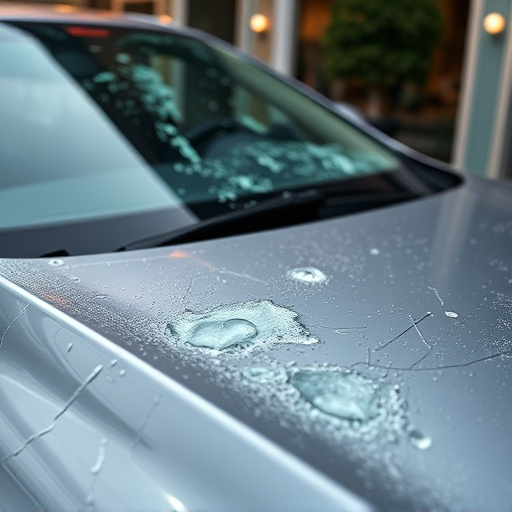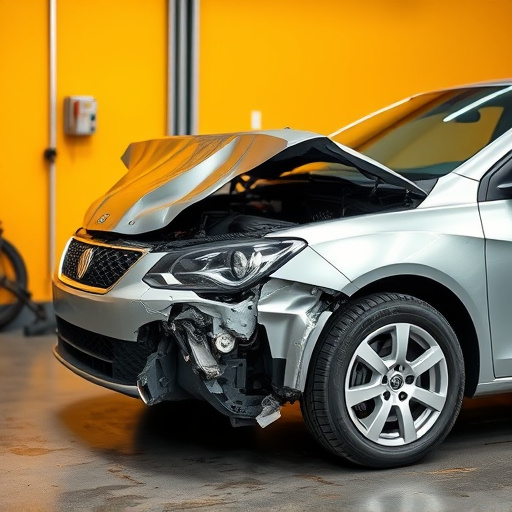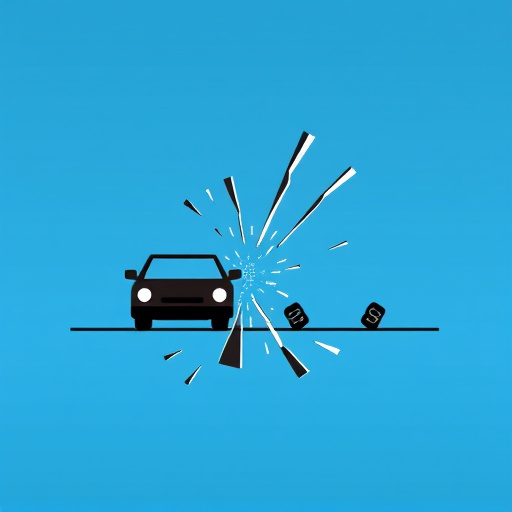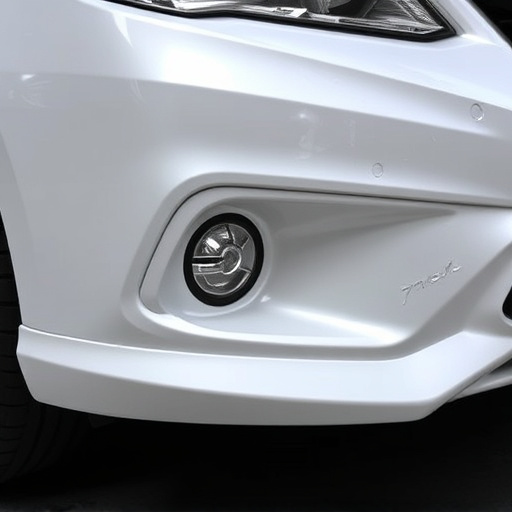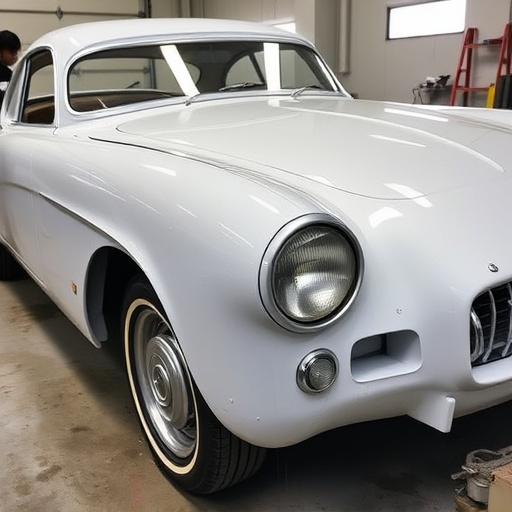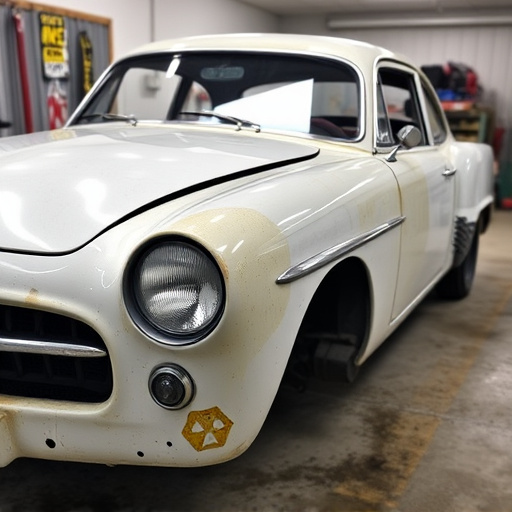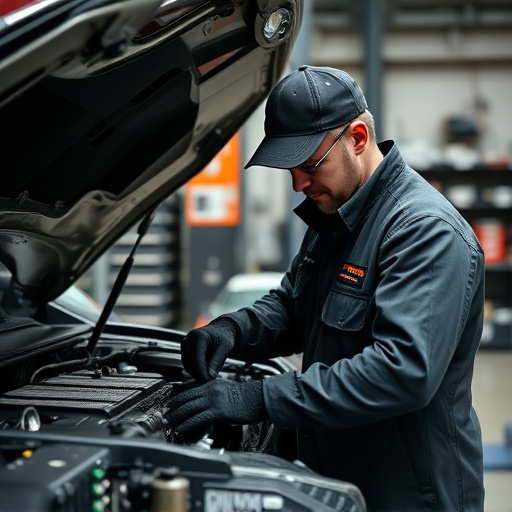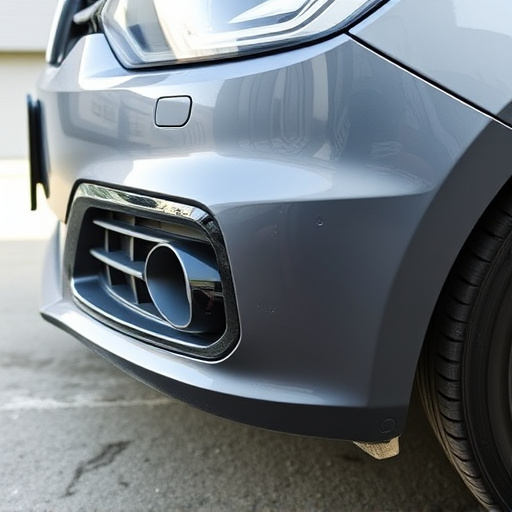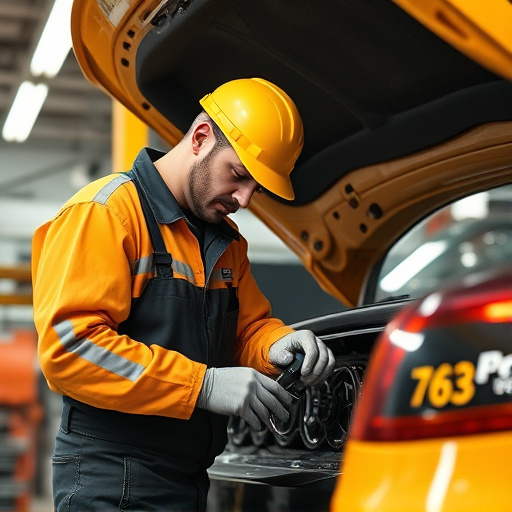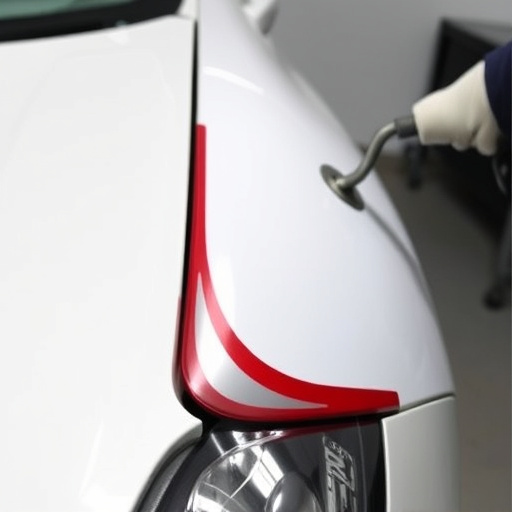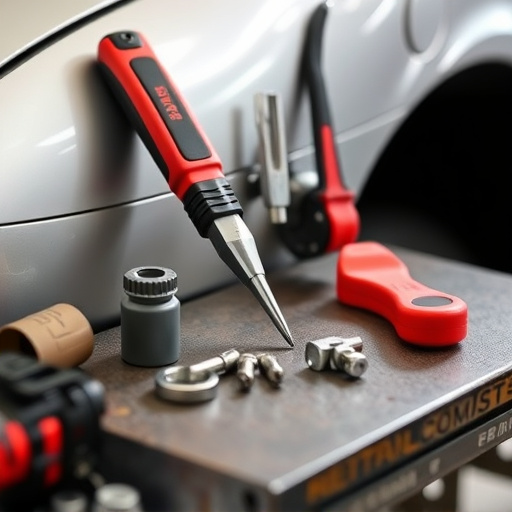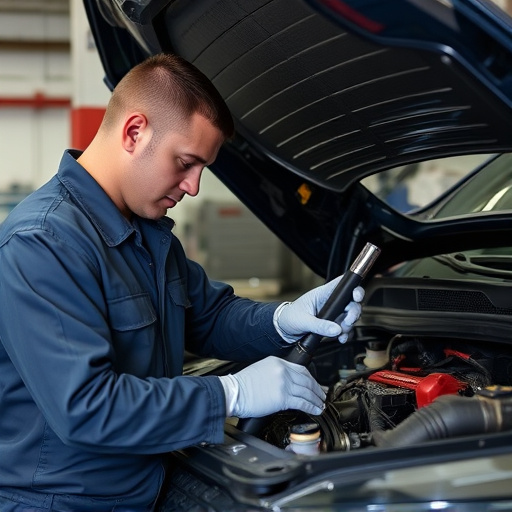PDR (paintless dent repair) is an eco-friendly automotive restoration method that minimizes waste and conserves resources compared to traditional painting processes. By avoiding repainting, PDR reduces volatile organic compound (VOC) emissions, preserves original paint surfaces, and lowers the environmental impact of collision repairs, making it a sustainable choice for luxury vehicle owners and environmentally conscious repair centers.
“Discover the eco-friendly revolution in automotive care with Paintless Dent Repair (PDR) methods. This innovative approach not only restores vehicle aesthetics but also offers significant environmental benefits. From reducing waste and conserving resources to minimizing energy consumption, PDR stands out as a sustainable solution. In this article, we explore three key aspects: how PDR’s eco-friendly nature contributes to a greener world, its energy efficiency advantages, and the preservation of valuable resources. Dive into these insights to understand why PDR is more than just a repair—it’s an environmental game-changer.”
- Reducing Waste: PDR's Eco-Friendly Advantage
- Energy Efficiency: A Green Approach to Repair
- Preserving Resources: The Environmental Impact of PDR
Reducing Waste: PDR's Eco-Friendly Advantage
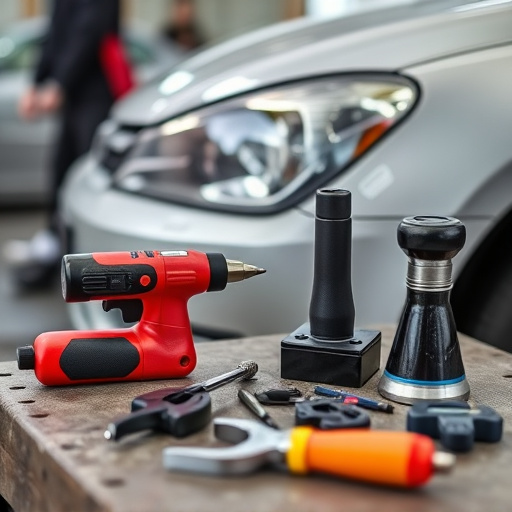
One of the key environmental benefits of PDR (paintless dent repair) methods is its ability to significantly reduce waste. Traditional automotive repair and car bodywork services often involve extensive painting processes, which can lead to a substantial amount of waste generated from paint cans, solvents, and other related materials. These byproducts can have harmful effects on the environment if not disposed of properly. PDR, however, offers a sustainable alternative by eliminating the need for repainting in most cases. Technicians use specialized tools and techniques to gently push out and reshape dented areas, restoring the car’s original appearance without damaging or wasting paint.
By adopting PDR methods, auto body shops can minimize their ecological footprint. This eco-friendly approach not only reduces waste but also conserves resources. Unlike traditional repair methods that might require completely replacing a panel, PDR allows for localized repairs, further diminishing the need for raw materials and energy-intensive manufacturing processes. As a result, PDR contributes to a more sustainable automotive industry, making it an attractive option for environmentally conscious car owners and auto body shops alike.
Energy Efficiency: A Green Approach to Repair
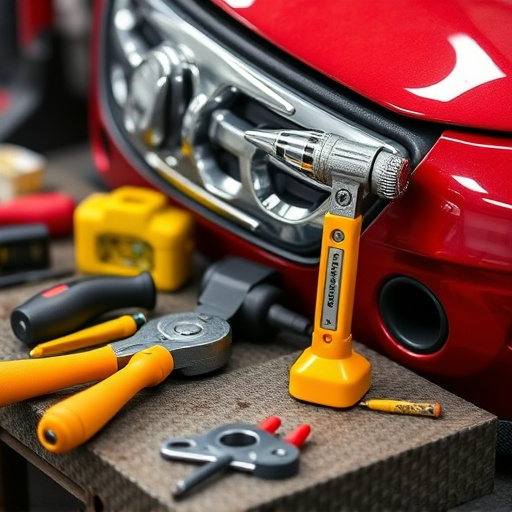
PDR (Paintless Dent Repair) is revolutionizing the automotive collision repair industry with its energy-efficient approach. Unlike traditional methods that involve extensive painting and labor, PDR techniques minimize the need for these processes by gently manipulating a car’s panel back to its original shape. This not only reduces waste but also lowers energy consumption significantly. In the realm of luxury vehicle repair, where precision and sustainability are paramount, PDR stands out as an eco-friendly solution.
By eliminating or minimizing repainting, PDR helps to preserve the environmental integrity of a vehicle, which is especially important for collision centers looking to reduce their carbon footprint. This green approach not only saves resources but also contributes to a more sustainable future, making it a preferred method for those who prioritize both quality repair and environmental stewardship.
Preserving Resources: The Environmental Impact of PDR
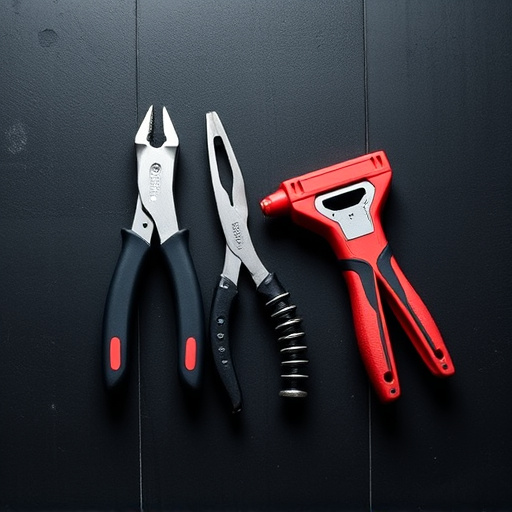
PDR (paintless dent repair) methods significantly contribute to environmental preservation by reducing waste and conserving resources. Traditional car collision repair involves extensive painting, which generates significant amounts of volatile organic compounds (VOCs), leading to air pollution. PDR, however, avoids this process by meticulously manipulating a vehicle’s panel without the need for repainting, thereby minimizing VOC emissions.
Moreover, preserving the original paint surface through PDR reduces the demand for raw materials used in paint manufacturing. This not only cuts down on energy consumption and greenhouse gas emissions but also minimizes the environmental footprint of automotive restoration processes. By adopting PDR techniques, car repair services can offer eco-friendly solutions to customers seeking to restore their vehicles without compromising the planet’s health.
PDR methods offer a sustainable solution for vehicle repairs, significantly reducing environmental impact. By minimizing waste, conserving energy, and preserving resources, PDR demonstrates its eco-friendliness compared to traditional painting techniques. Embracing these green practices not only benefits the planet but also contributes to a more efficient and responsible automotive industry.
